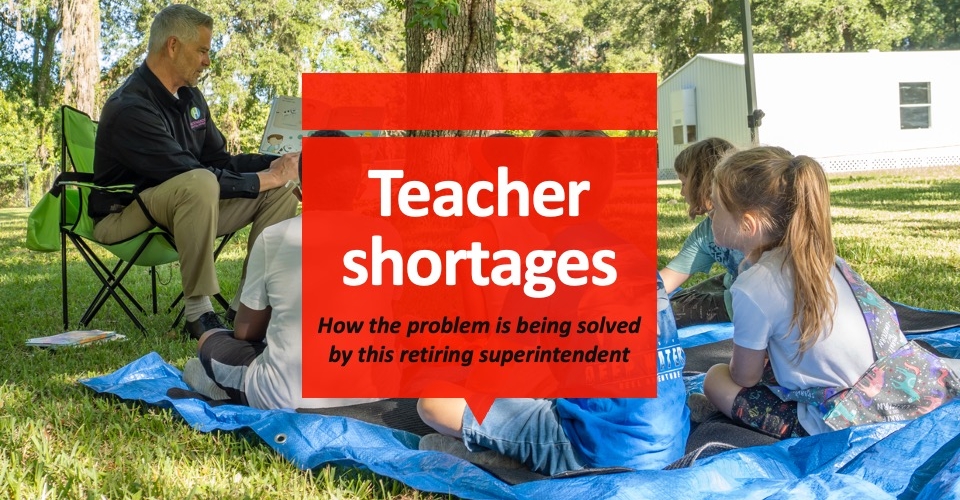Supporting female students’ ambitions to enter STEM-related fields has always been a priority for K12 leaders, but women only account for 28% of the STEM workforce. What fields should educators push to fill the gaps?
Female students experience exposure gaps to various STEM careers as early as middle school, a new report from YouScience and Ford Next Generation Learning asserts. This gap is measured by comparing the difference between female middle and high school students’ aptitude (their natural ability to learn or perform skills regardless of the environment) and their self-reported interest.
Failure to support a diverse workforce in STEM careers early on can lead to significant problems, including innovation deficits, earning disparities and economic disruptions. “We can no longer overlook young women who have the aptitude but have not been exposed to these opportunities,” Executive Director at Ford Next Generation Learning Cheryl Carrier said in the report. “We are now equipped with the knowledge to do better, so we must.”
The widest exposure gaps exist in advanced manufacturing and computer and technology careers at 87%. Exposure gaps were measured in other fields like architecture and construction, which are around 55%. The health science career gap sits around 30%, and engineering, 22%.
More from DA: School boards and AI—Is it the new hot topic?
Advice for leaders
The researchers have identified nine solutions to closing STEM exposure gaps for female students. These ideas include:
- Aptitude measures: A foundational tool that helps students discover their best fit for postsecondary education and career pathways.
- Career academies: High school programs focused on specific career fields.
- Collaborative planning: Working with family, educators and counselors to help students navigate their postsecondary goals.
- Interdisciplinary education: Collaboration between schools and districts to create personalized pathways and integrated programs.
- Career-connected learning: Helps students connect education to the real world.
- Education-to-career planning tools: Helps counselors and teachers provide personalized plans for postsecondary education and training.
- Industry-recognized certifications: Quantifying student knowledge and skills that connect the classroom to employers.
- Work-based learning: Provides students with internships and apprenticeships with business and industry partners.
- Community connections: Leveraging ties to address local workforce needs.









